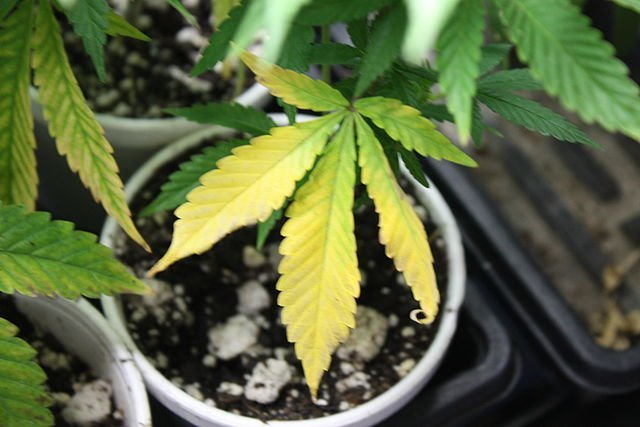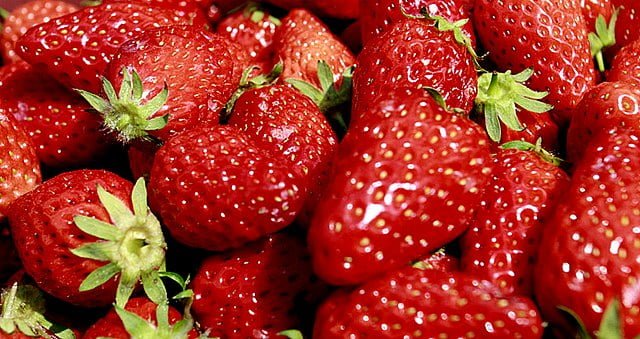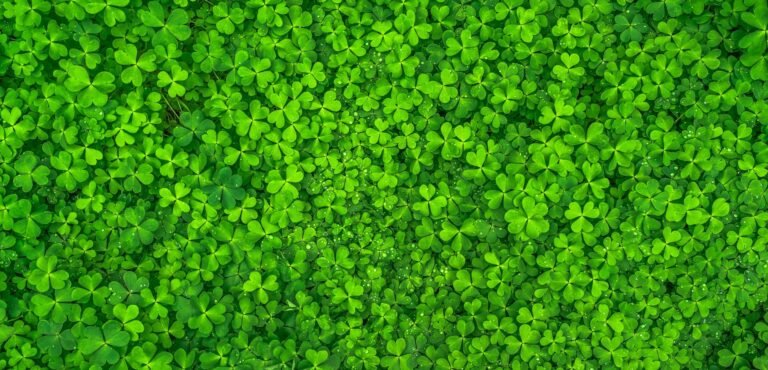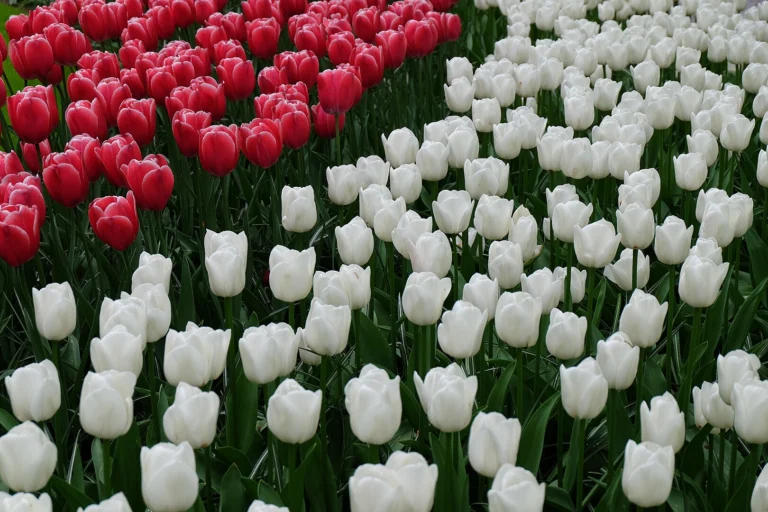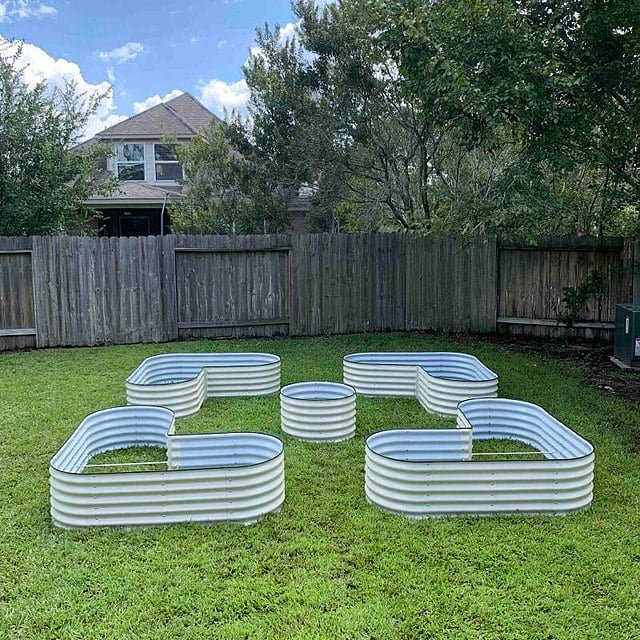Understanding Why Your Plants Turning Yellow: A Comprehensive Guide
There’s something particularly disheartening about seeing your lush green garden start to turn a sickly yellow. It’s like watching a watercolor painting lose its vibrancy. So why exactly are your plants turning yellow? This article aims to explain some of the common reasons and possible solutions for your garden’s unexpected colour change.
1. Overwatering or Underwatering
Both overwatering and underwatering your plants can lead to yellow leaves. Overwatering causes the plant roots to drown and cut off their oxygen supply, leading to yellowing. Underwatering, on the other hand, deprives plants of the moisture they need, causing similar symptoms.
Solution: Adjust your watering schedule. The right amount of water depends on the plant species, but a good rule of thumb is to water deeply and infrequently, allowing the soil to dry out between waterings.
2. Poor Drainage
Even if your watering schedule is perfect, your plants might still be drowning if the soil isn’t draining properly. This can lead to root rot, a condition that often first manifests as yellow leaves.
Solution: Improve your soil’s drainage by incorporating organic matter, like compost or well-rotted manure, or consider planting in raised beds.
3. Nutrient Deficiency
Plants need a variety of nutrients to thrive, and a lack of any one of them can cause leaves to turn yellow. For instance, a nitrogen deficiency will cause older leaves to yellow, while a lack of iron can cause new leaves to turn yellow while the veins remain green.
Solution: If you suspect a nutrient deficiency, consider getting your soil tested. This will tell you what nutrients are lacking so you can adjust your fertilizing strategy accordingly.
4. Disease or Pest Problems
Some plant diseases, such as root rot or various forms of wilt, can cause yellow leaves. Similarly, pests like aphids or spider mites can also lead to yellowing.
Solution: Regularly inspect your plants for signs of disease or pests. If found, consider using an organic pesticide or fungicide, or removing the affected plant to prevent the problem from spreading.
5. Environmental Stress
Factors such as extreme temperatures, too much or too little light, and transplant shock can all cause yellow leaves.
Solution: Make sure your plants are in an appropriate location for their species (in terms of light, temperature, etc.), and always try to transplant with care, minimizing root disturbance.
Yellowing leaves are a common problem, but with a little detective work, you can usually figure out what’s going wrong. Remember, the solution might involve a bit of trial and error – but don’t lose hope. With a bit of care and attention, you can restore your plants to their vibrant, green glory.

